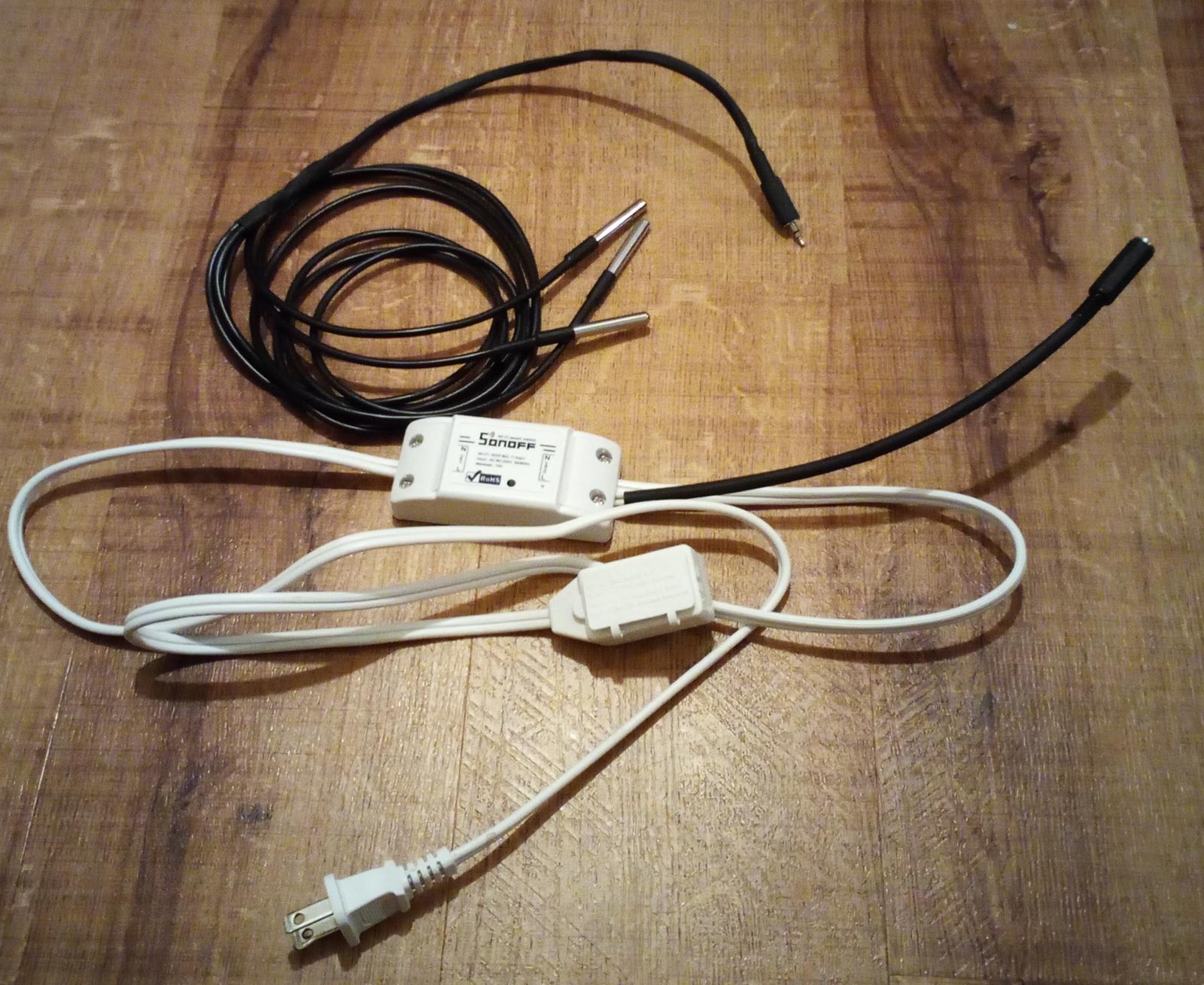Is there anyway to change the gpio's using the .bin? I cannot for the life of me get Arduino to work for me (I would just edit config.h) i get so many errors i don't know where to start.
Short answer: NO.
Only by carefully design, you can change hardware configuration without rebuilding the image. It is a common practice in mass production but rarely used for DIY project.
I can build the binary for you if you can specify clearly the hardware configuration. I am worry about involving in a blind remote debugging, though.










































![Craft A Brew - Safale S-04 Dry Yeast - Fermentis - English Ale Dry Yeast - For English and American Ales and Hard Apple Ciders - Ingredients for Home Brewing - Beer Making Supplies - [1 Pack]](https://m.media-amazon.com/images/I/41fVGNh6JfL._SL500_.jpg)


















